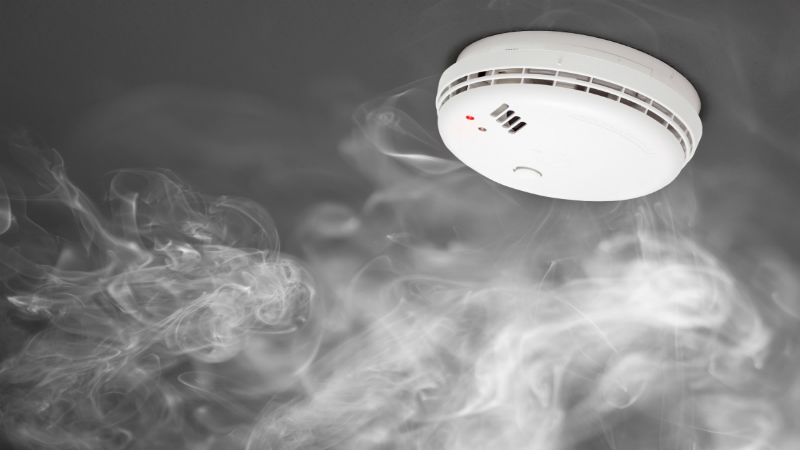Seeing a home burn down or seeing the aftermath can be a frightening experience. No family wants to go through such a tragedy, and most people know that it does happen. While you may not be able to prevent damage to the house, you can protect your family and ensure that they get out alive and unscathed. A smoke alarm is one of the most accessible options because it is installed, usually on the ceiling away from the wall, and detects smoke. However, you shouldn’t neglect a carbon monoxide detector because it can determine if there is too much CO in the air.
Options
You can find combination products that include the CO and smoke detection. However, you can also purchase them separately and install them appropriately. For example, CO detectors should be in the kitchen or near to the gas, such as in the water-heater area while smoke alarms have to be in each sleeping area, as well as every floor.
Detect Problems
The problem with carbon monoxide is that it’s odorless and colorless. You can’t see or smell it, which means you don’t know if there is a leak. Most people never experience any symptoms of poisoning; they just go to sleep and don’t wake up again. While some may feel nausea set in or have a headache, these symptoms are common with a variety of other issues, such as the flu or a cold. Therefore, it’s best if you have a detection system in place to warn you. The same applies to smoke detectors. They may not be able to distinguish between smoke from a burnt roast or a fire, but they warn you just the same.
If you’re considering a smoke alarm, you should visit First Alert. They also have combination ones that include a wireless interconnected smoke alarm and carbon monoxide detector.
